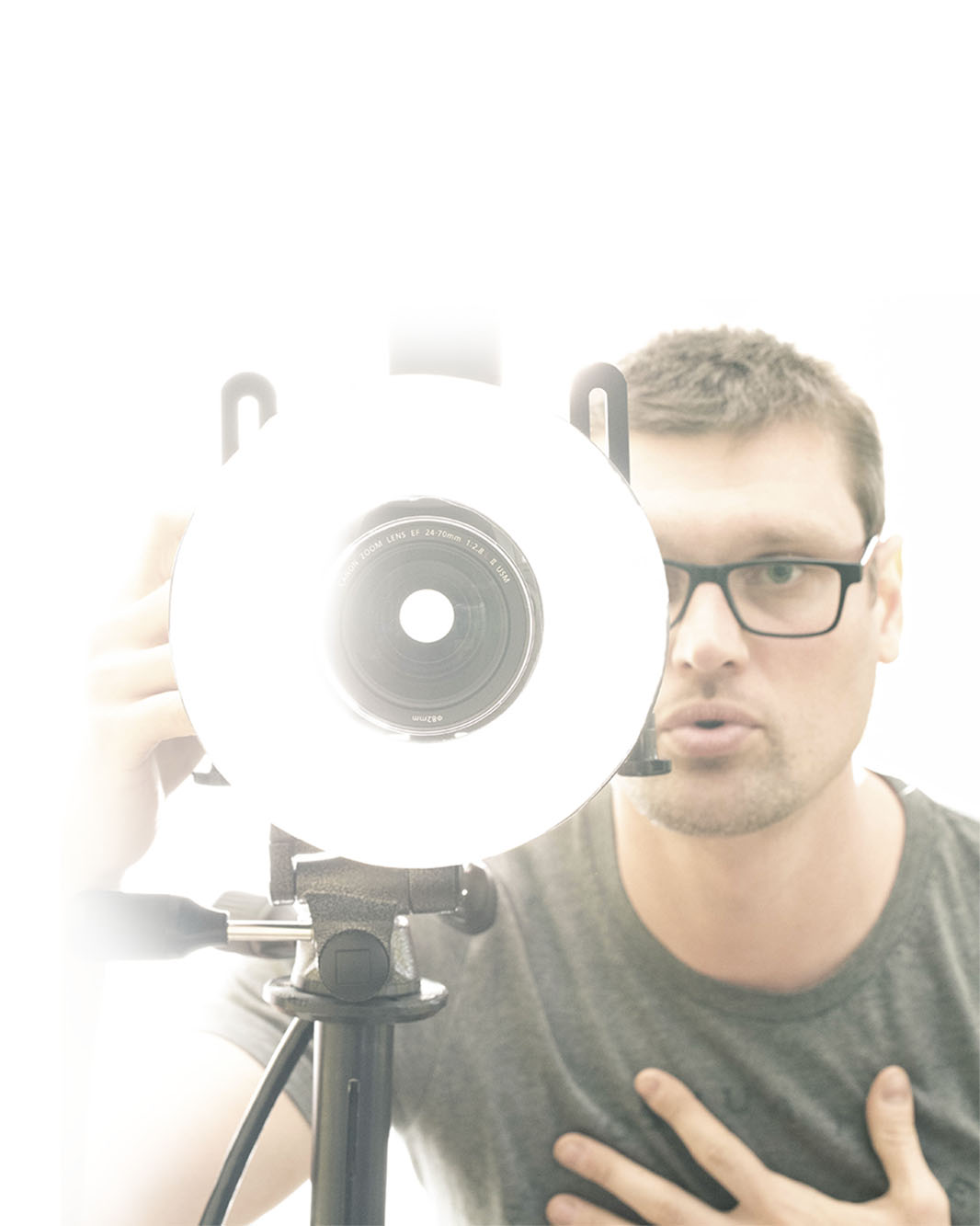Batteries
I do a lot of Food Photography in Restaurants in NYC. I can tell you from experience that while there’s always a power outlet, it’s going to be in a place hard to get to. And you can’t always count on running power over to where you’re going to be shooting. I always try to encourage that we shoot when the restaurant is closed but often times that’s not possible. If it’s a busy restaurant that’s packed with customers you can’t run a cable across the floor where people walk. I’ve used gaffers tape in a pinch to tape down the cords but often they’re still a potential liability and safety on a photoshoot is one of the most important things. Frequently you’ll find power outlets hidden behind booths, behind the bar or the hostess stand or even back in the kitchen. If your photo equipment needs ac power to run you probably can still do the shoot but you’re going to be limited in where you can shoot and what you can accomplish. Their might be an amazing sculpture behind the bar that you want to get into your shot but you can’t because there isn’t a power outlet within 30ft. And you’re going to be hard pressed to explain to disappointed clients why you can’t get the shot that they want because there’s no power. This is why all of my photo equipment runs on batteries.
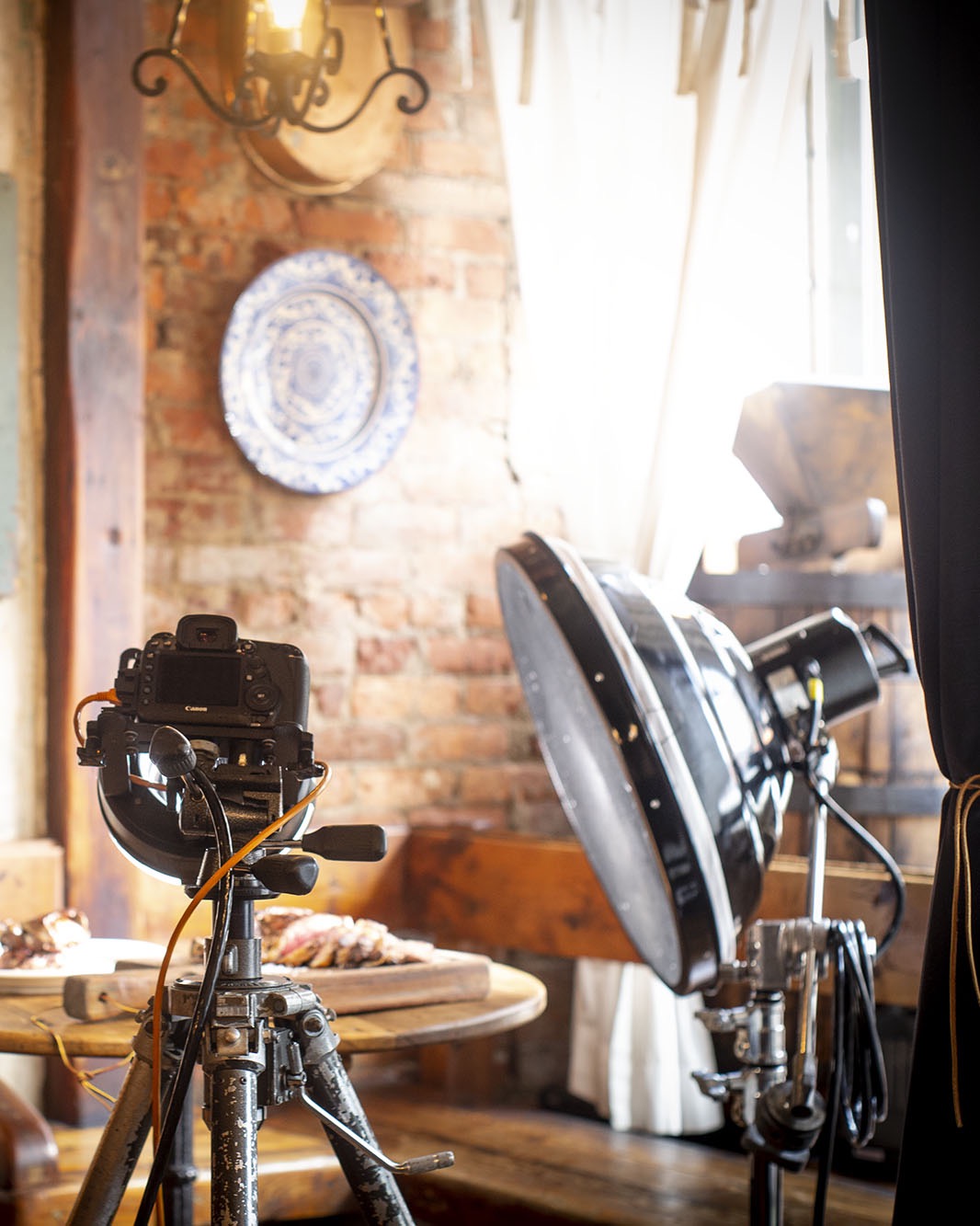
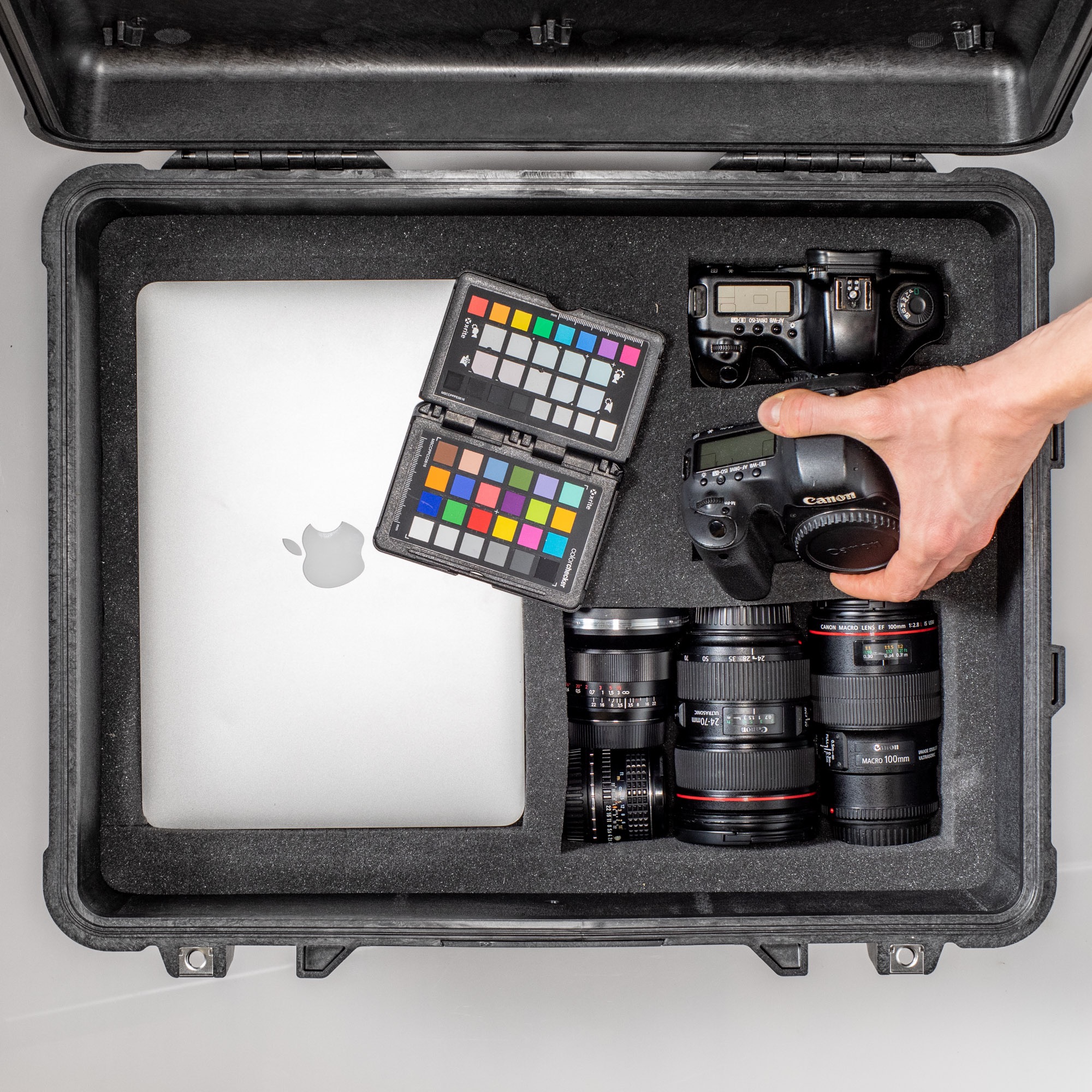
You’re camera already runs on batteries and you probably already have an extra battery in your camera bag just in case. But what about your other equipment? Your lighting and computer equipment? The very first shoot that I did for a restaurant was a high end sushi restaurant in downtown Chicago that I did a million years ago. At the time I wanted to shoot tethered to my computer but only had a Mac mini and an apple display. For that shoot we put the computer and monitor on a rubbermaid cart that we found in the kitchen and carted it around the restaurant for the day. And while that worked it wasn’t ideal, I had to power off every time we moved and the cable came lose and cut the power several times. This was a job that I was producing on my own but the photo studios that I worked for at the time would show up to jobs with a truckload full of camera equipment. When shooting on location we would take a metal 6’ workstation from the studio, complete with a Apple Pro Tower and Eizo monitor and roll it onto the truck and then roll it off onto wherever we were shooting. And then we would either run power from the home or site where we were shooting or setup a 2k gas power generator to run it. Aside from being environmentally unfriendly this just isn’t possible in many restaurants in NYC. Restaurants are faced paced environments and as a Professional Food Photographer you’re going to need to be nimble and agile to keep up. When shooting on location in restaurants I now bring my laptop so that we can review the photographs while I’m shooting them. But the newest MacBook Pro with the touch bar has a very short battery life and I’ve considered getting an additional battery backup to run it on.
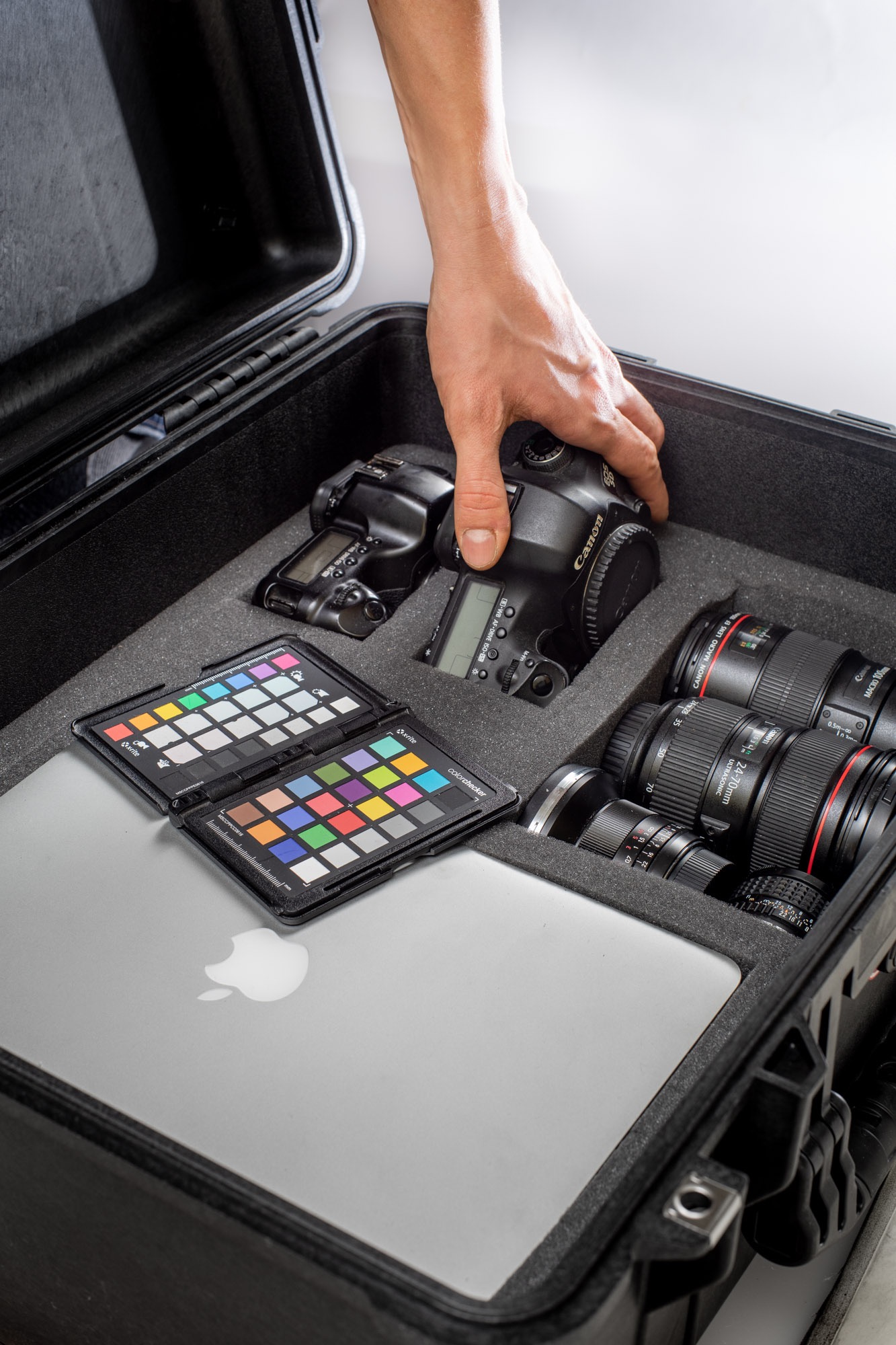
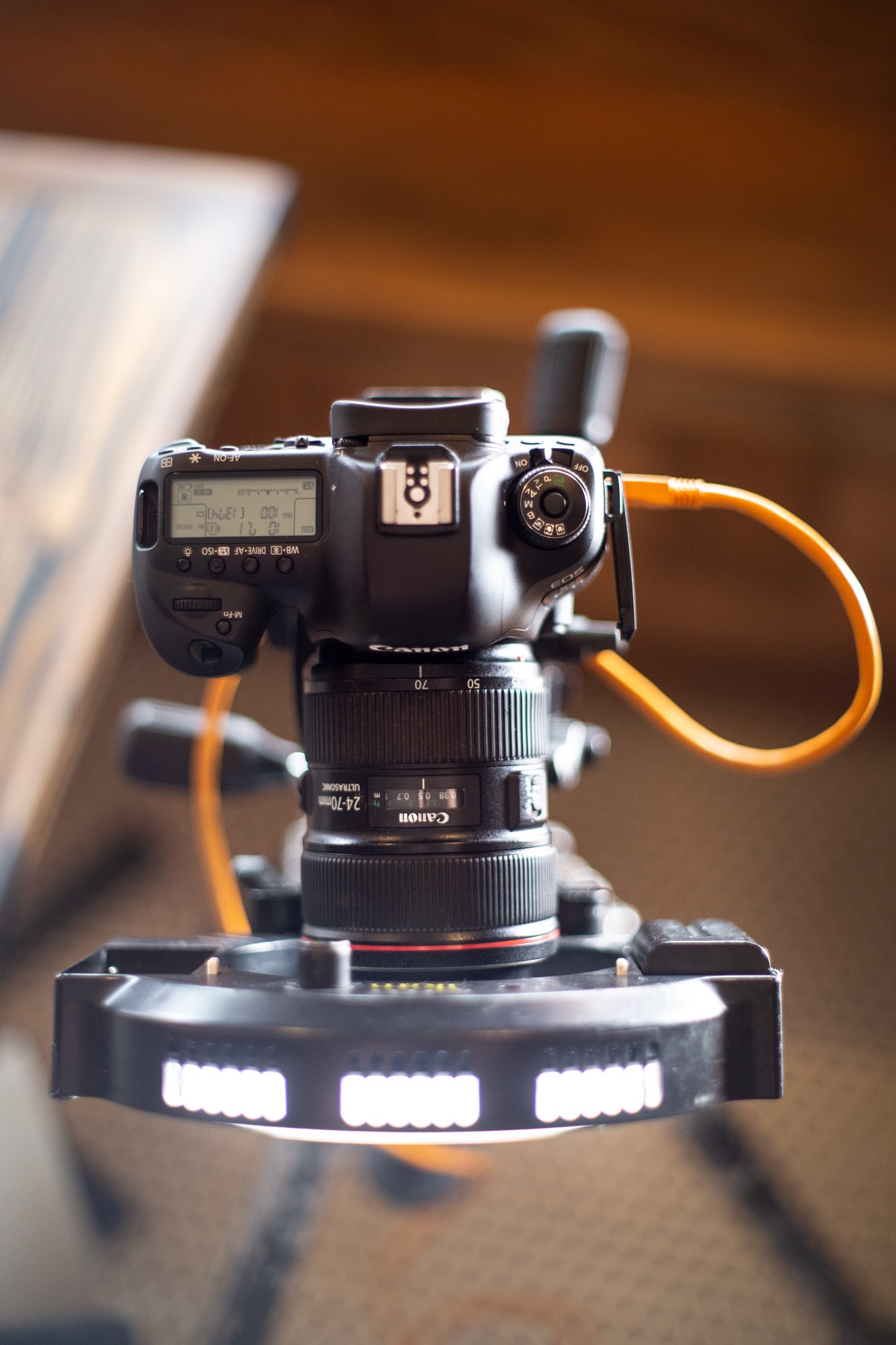
Your lighting equipment is the single biggest power drag you’re going to have. And if you’re going to run on batteries you’re going to need some serious batteries. But don’t let that discourage you. LED lights are great in that LED light bulbs use a fraction of the power as traditional lightbulbs. I have a thousand watt LED light panel that runs on both ac power and has a V-mount plate to accept brick batteries as a power sources. Bricks are well, bricks. They’re big and bulky and heavy but they also store a lot of power. I would imagine they got that name because somebody once threw one through a window and it smashed the window like a brick. They’re traditionally used more by cinematographers whose cameras have more accessories and a higher power drain. But they’re being used by still photographers more and more because they’re an in-between step between the camera batteries that you’re used to and traditional alkaline acid based batteries. I also have some smaller LED lights that run on NP-F550 batteries which are only slightly larger than the traditional canon or Nikon camera battery. My LED ring light for example runs on these which keeps my ring light from needing to be tethered by a power cable or attached to a much heavier battery brick. All of these batteries are lithium ion batteries. Lithium ion is currently the most used type of battery on the market. It powers everything from your cellphone to your Apple Watch. Any small portable device from about the year 2000 on runs on lithium ion. Keep that in mind when traveling. There are certain restrictions on lithium ion batteries and devices powered by these sources. You’re probably not going to get stopped at airport security because of your batteries but there are some restrictions in place and I would check current regulations before traveling with a lot of camera equipment.
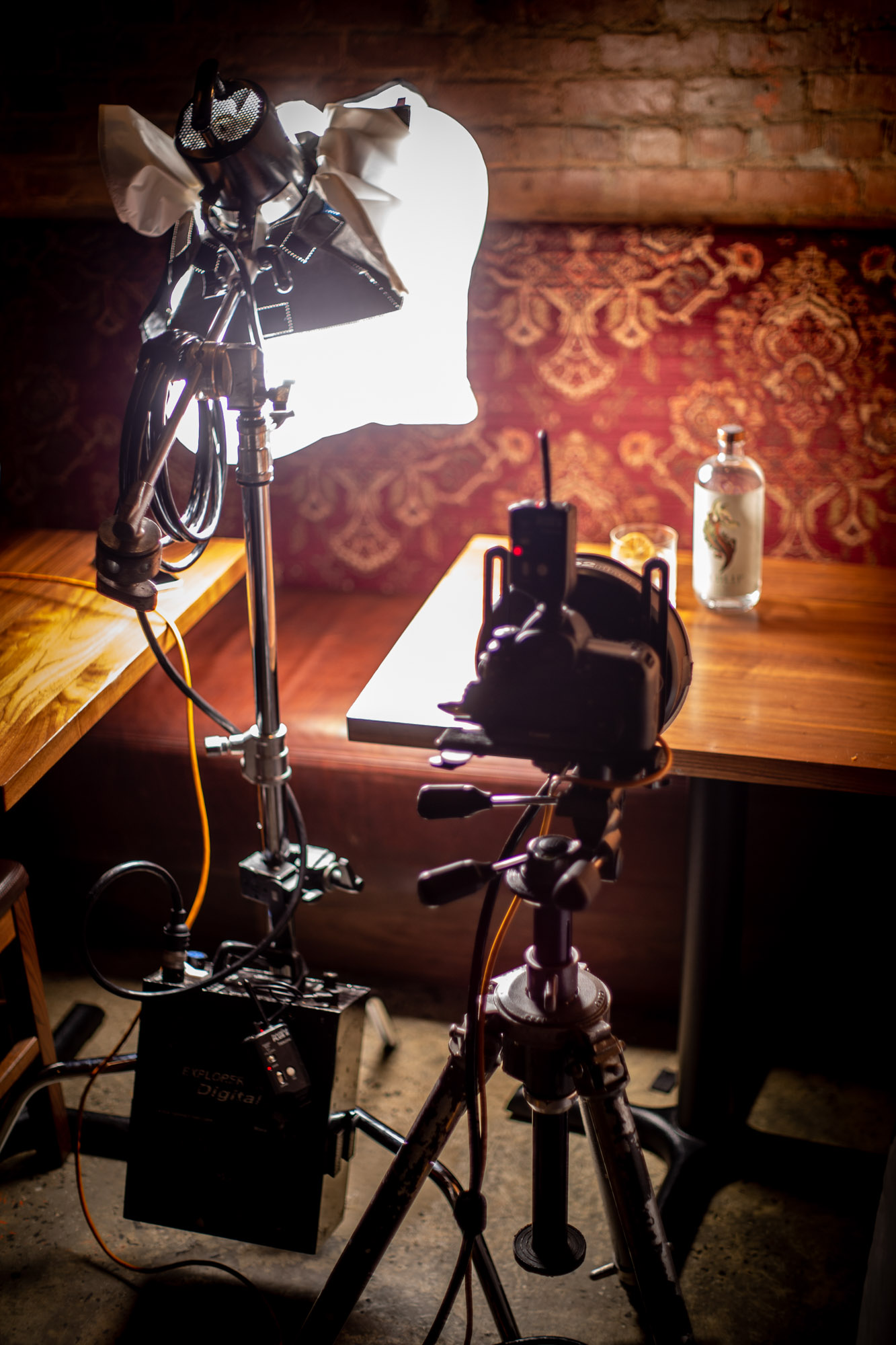
I have a strobe lighting setup that runs on an alkaline acid based battery. The system that I use is the Speedtron 1500ws explorer battery pack. It accepts two strobe heads and brand new straight out of the factory I believe it got something like 2,000 strobe pops at the lowest power setting. I have a second battery in case the first one runs low on power. And I always bring a power cable and never take the cable out of the kit just in case. Always always keep your kits complete. I cannot stress this enough. If you take something out be sure to remember to put it back in or you won’t have it on the job. This battery is considerably heavier than a battery brick and a hundred times bigger and heavier than the battery that your camera takes. It’s so heavy that I hang my battery power pack off of my light stand with a J-hook and Super clamp and use it as a sandbag. It’s worth it… it’s so worth it. This battery has saved me a hundred times over and with it I’ve been able to create amazing work that I wouldn’t have been to otherwise. It’s opened up a world of creative possibilities but it’s also made getting to the shoots harder. Honestly it’s not just that battery even though it is heavy, but it’s all of the miscellaneous camera equipment that I’ve added to my kits over the years. These days I rarely go to work with anything less than 100lbs worth of camera equipment. Again it’s so worth it but you’re going to also have to factor in how am I going to get this to the location where I’m shooting? Am I taking a cab? Think about how much that’s going to cost you when you’re quoting a rate to a potential client. The average cab expense for me in NYC is at least 100$. And on top of that are you going to need help setting up and transporting that equipment while you’re shooting? I am a beast and in my younger photo assisting days I could move whole trucks full of photo equipment without breaking a sweat. But I’m old and I’m tired and I’ve had some work related injuries. Don’t be a fool like I was and hire a photo assistant to help. There are a lot of people out there who are aspiring photographers who would be happy to work for you and learn in the process. But don’t be that jerk who wants people to do things for you for free. I always hated that jerk who tried to take advantage of me when I was first starting out and I’ve vowed to never be that guy. Think of this in advance when you’re quoting a rate to a client. Not only include your assistant in your budget but also account for what if there’s overtime and any meals they might have while working. Buy your assistant lunch and they’ll love you forever.
Over time batteries degrade and it’s important to take good care of them. Lithium ion is very forgiving. But I still pull out all of my batteries periodically and charge them up. You never want to fully drain a battery and let it sit in that state for a long time. Alkaline acid batteries need a little more maintenance. When not in use I keep them plugged in and on charge all the time. It’s also not recommended to leave an alkaline acid battery on the ground as it will slowly discharge. This might just be an old engineers tale but I still store my batteries on a plastic sheet on the metal wire rack that I store them on when not in use.
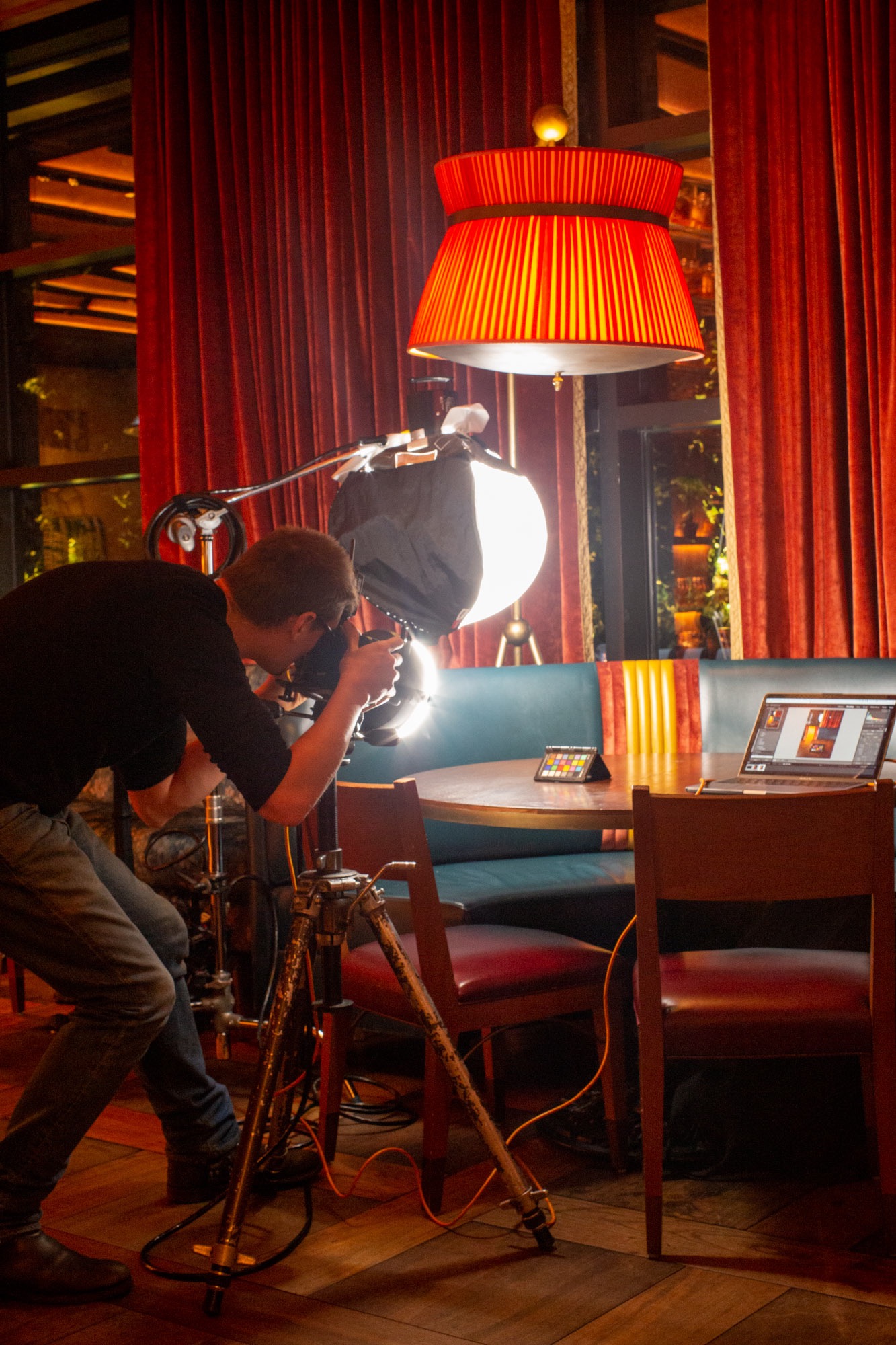

Articles
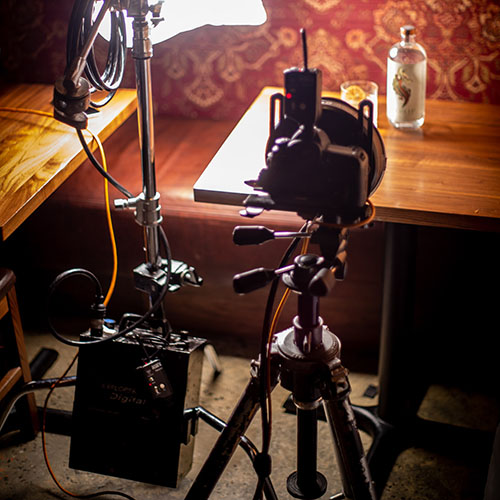 Batteries - A Food Photographer's best friend.
Batteries - A Food Photographer's best friend.
This is an ongoing project with more coming soon.









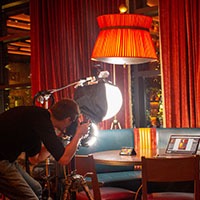 How to be a Food Photographer. - Practice. Show your work to people. Repeat.
How to be a Food Photographer. - Practice. Show your work to people. Repeat.
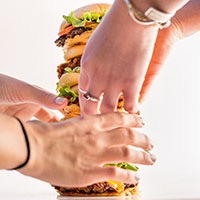 You're only as good of a Food Photographer - as the people that you work with.
You're only as good of a Food Photographer - as the people that you work with.
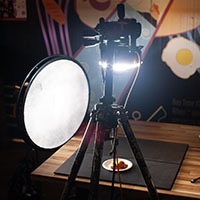 How to do lighting in Restaurants - Lighting is most restaurants is awful for food photography.
How to do lighting in Restaurants - Lighting is most restaurants is awful for food photography.
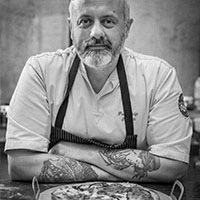 Pics Vs. Photographs - I don't take Pics but I don't mind when other people do.
Pics Vs. Photographs - I don't take Pics but I don't mind when other people do.
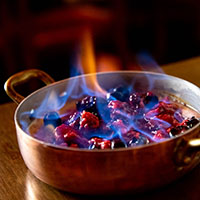 How to Shoot Fire Baby! - How to capture fire in a food photograph.
How to Shoot Fire Baby! - How to capture fire in a food photograph.
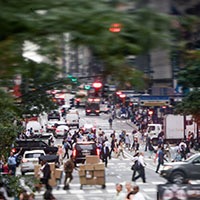 Getting to the Job. - Some days this is the hardest part.
Getting to the Job. - Some days this is the hardest part.
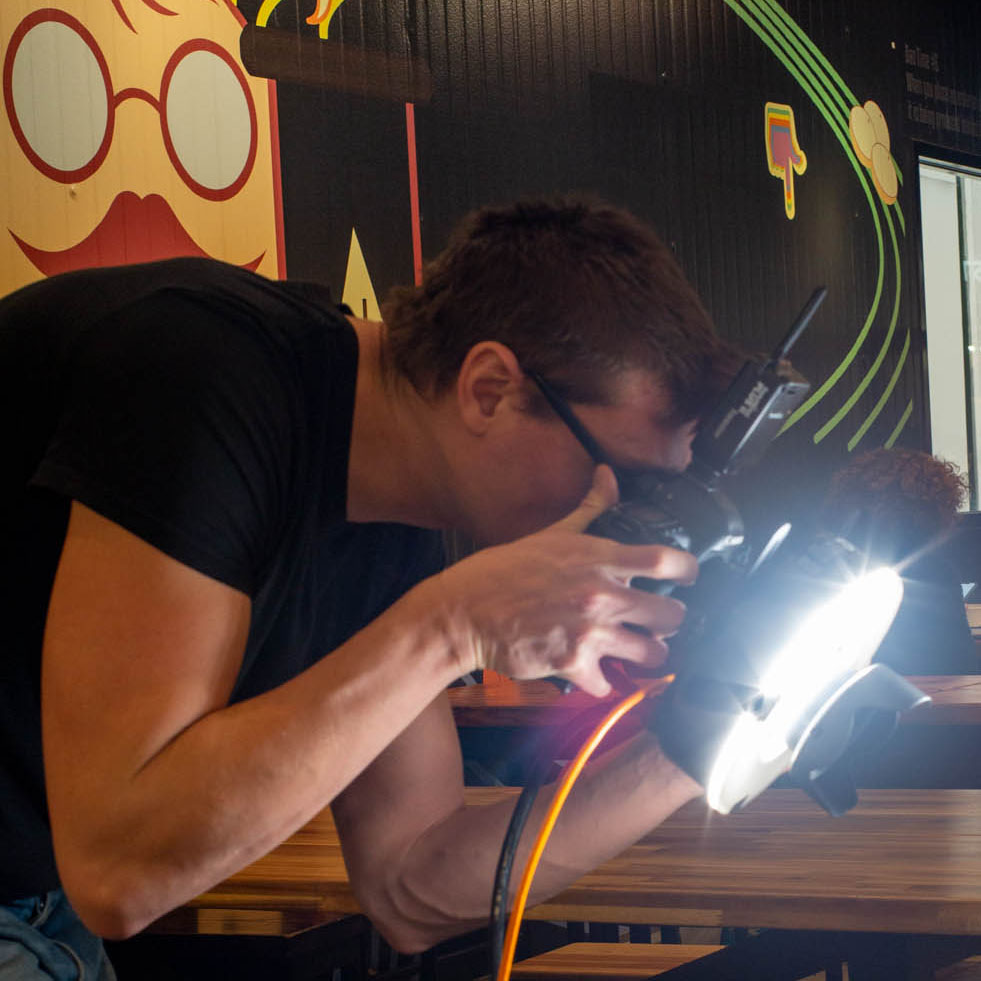 How to shoot with a Ring Light - My not so secret, secret weapon.
How to shoot with a Ring Light - My not so secret, secret weapon.
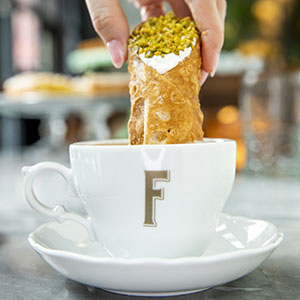 Passport to the World - Cannoli in the coffee.
Passport to the World - Cannoli in the coffee.
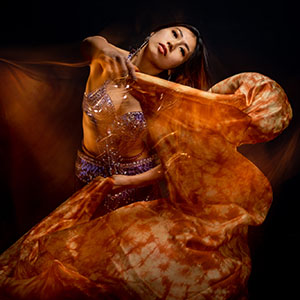 Test Photoshoots - Try it you might like it.
Test Photoshoots - Try it you might like it.
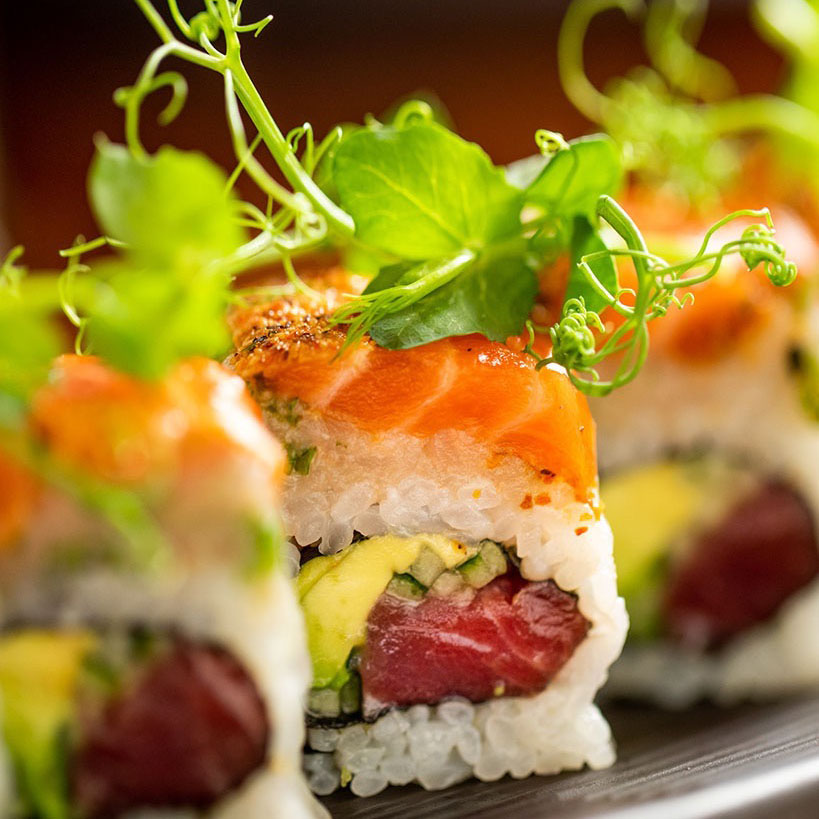 If you Hate my Photograph - I will cry myself to sleep tonight.
If you Hate my Photograph - I will cry myself to sleep tonight.
 Batteries
Batteries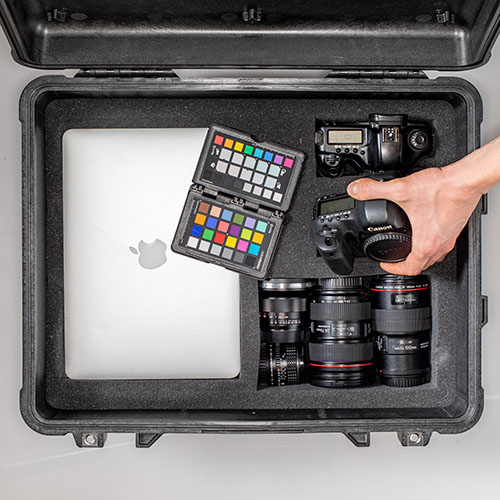 Camera Kits - Everything you'll ever need.
Camera Kits - Everything you'll ever need.
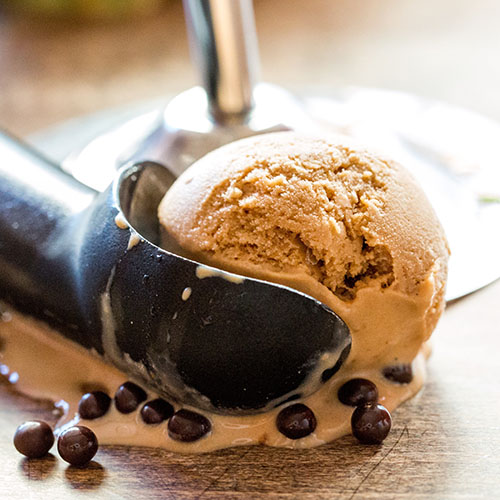 Focus Food Photographer - Focus.
Focus Food Photographer - Focus.
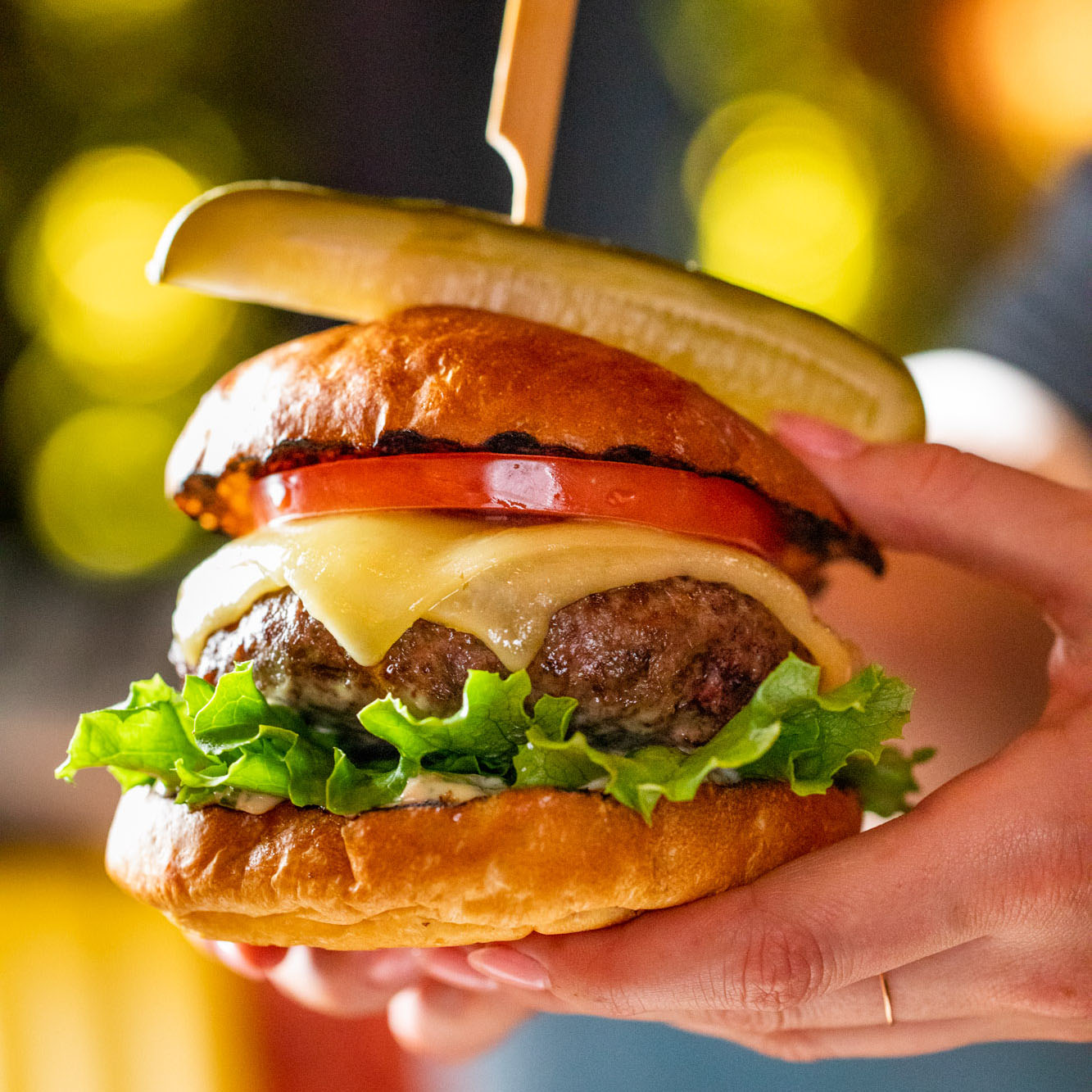 Food Photographer's Ego - Leave your g$d d%$#ed ego at home.
Food Photographer's Ego - Leave your g$d d%$#ed ego at home.
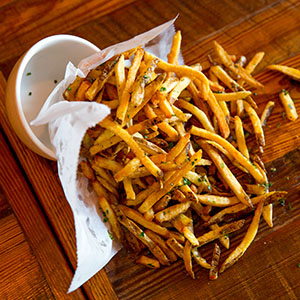 Spilled Food - S*!t Happens. Sorry for all the swearing.
Spilled Food - S*!t Happens. Sorry for all the swearing.
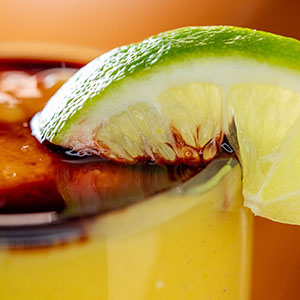 A One Day Photo Shoot - is NOT a 1 day shoot.
A One Day Photo Shoot - is NOT a 1 day shoot.
